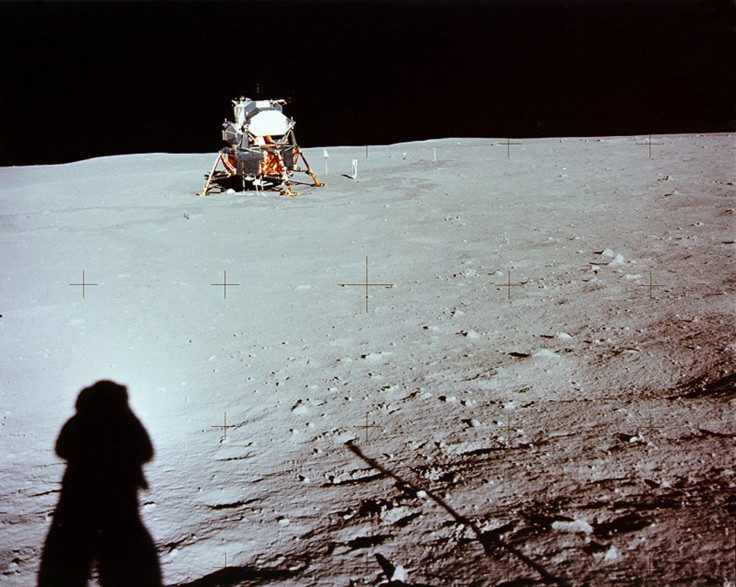NASA-Funded Study Finds Lunar Resources Could Cut Space Exploration Cost By $10B A Year

A new study, released on Monday, found that human space exploration could be lower by $10 billion a year. The National Space Society, or NSS, and Space Frontier Foundation, or SFF, announced in a press release the details about the study funded by NASA, illustrating how possible resources from the moon could minimise the cost of human space exploration through setting up a permanent base camp on its surface. The study, titled NexGen Space, also proposed that mining for lunar resources will be possible through the collaboration of NASA and private organisations.
It was conducted by two non-profit organisations focused on the future plan of space stations on the moon. The said project was commissioned by the National Aeronautics and Space Administration, or NASA, to check the possibility of settling man beyond Earth for further space explorations.
The last surface landing on the moon happened in 1972, only 12 people had walked on the moon before the said date and no man returned after 40 years. The previous lunar projects that brought man to the moon were estimated to cost $100 billion, but the NextGen study suggests that the future projects that will return humans to the moon could be reduced by 90 percent less than expected. The initial cost is cut to $10 billion, which is all that NASA could afford on its current budget for space exploration, the study said.
“A factor of ten reduction in cost changes everything,” said Mark Hopkins, executive committee chair of the National Space Society, in a press release. NSS also added that the Moon might have a precious resource that could reduce NASA's Mars missions by $10 billion a year.
The researchers found that mining fuel from the lunar surface and searching for water could bring down the trip's cost for the project as supported by a data from the Lunar Crater Observation and Sensing Satellite (LCROSS), suggesting that the poles of the moon contain ice that could be broken down into water. According to the study, water could be used as a propellant for rockets for lesser fuel and could be converted into oxygen for humans to breathe.
The space study states that the NASA plans to send robotic prospectors to measure the volume of water available at the lunar poles. If an efficient volume of water is discovered, researchers said that a lunar industrial base that mines water from the moon’s surface will be constructed, funded by NASA and its commercial partners. NexGen then explained that the purpose of the industrial base is to send hydrogen into the orbit around the moon to provide fuel for spacecraft exploring the solar system.
NSS and SFF, the two organisations that conducted the NASA-funded study, found that the method of building human settlements on the moon would be cheaper than the previous spaceflight projects. The study was reviewed by an independent team led by former the NASA senior advisor for Commercial Space, Charles Miller, and his consultant company, NexGen Space LLC, to find whether moon is worth returning for, and if the plan would provide a reasonable financial advantage.
The team, composed of former NASA executives, engineers and policy experts, presented the results proving the economic and technical probability of the mission on Monday at the National Press Club in Washington, DC. NASA also plans for a private and international partnership, considering the possible cooperation of NASA's commercial crew partners, Boeing and SpaceX.
A press release from the NextGen stated that utilising the cooperation of the said commercial service providers could help the vast price reduction to return humans to the Moon. The team said, to reduce cost, developing reusable spacecraft and lunar landers are planned based on the SpaceX’s initial goals of creating a reusable rocket.
But NASA said that the report contains initial concepts and recommendations, and no such projects mentioned will be done at this point. However, it added that mining the moon certainly has the potential to bring down the cost of space travel. The moon would serve as a pit stop for astronauts and provide fuel and water for long journeys and could potentially lower the cost of spaceflight dramatically, researchers said.
To contact the writer, email: darwinsamuelm.malicdem@gmail.com





















